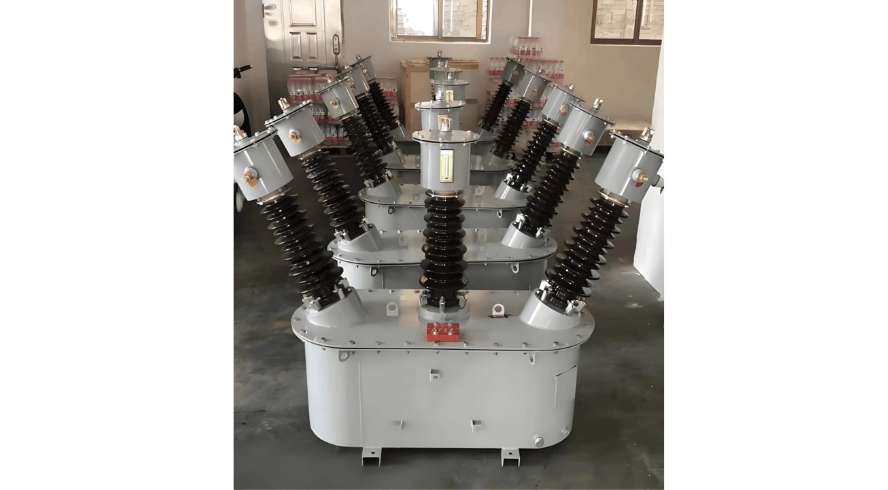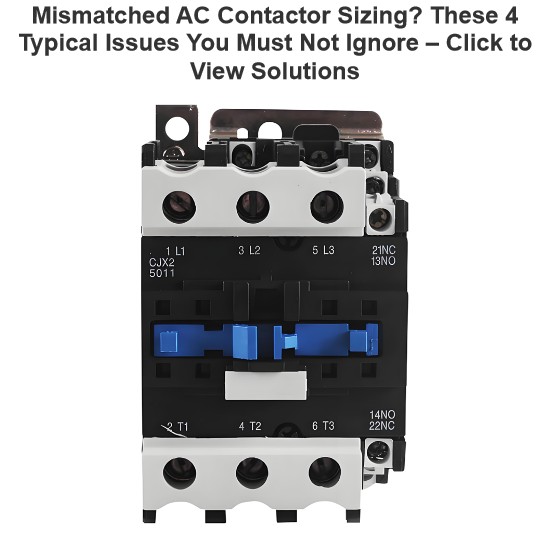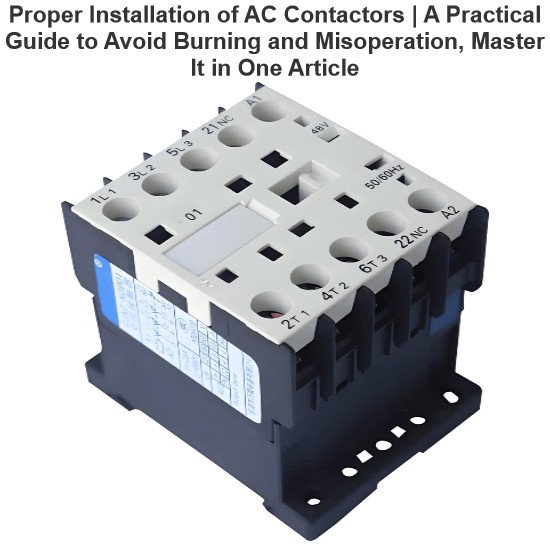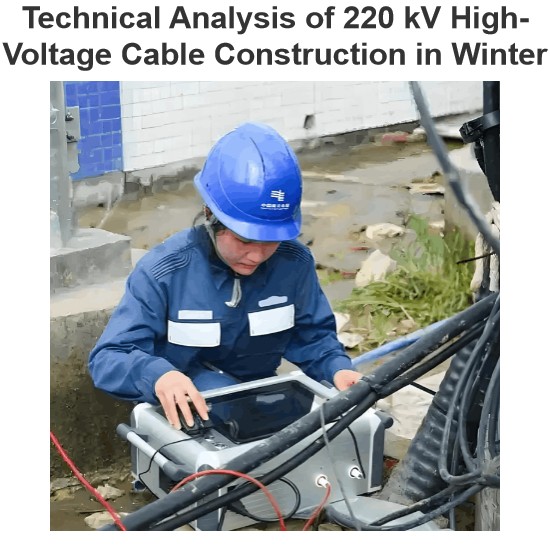In real-world engineering projects, selecting and installing 35kV combined instrument transformers isn't just a matter of "buying and installing" — it requires a comprehensive evaluation of many factors, such as environmental conditions, equipment performance, and maintenance convenience. Only by taking all these aspects into account can we ensure that the equipment runs safely and stably for a long time under specific conditions.
1. Oil-Immersed vs. Dry-Type Transformers — Which One to Choose for Plateau Use?
When it comes to types of transformers, the most common are oil-immersed and dry-type. Each has its own pros and cons, and the choice becomes even more critical in plateau environments.
Oil-Immersed Transformers:
These are usually larger and heavier, with some models weighing over 150 kg. Their advantage is excellent insulation performance, making them suitable for outdoor installations in systems above 10kV. However, in plateau areas with low air pressure and large temperature differences, oil-immersed transformers are more likely to experience oil level abnormalities. Therefore, during selection, it's important to focus on enhanced sealing design and use low-temperature-resistant transformer oil, such as DB-25, to prevent freezing or oil leakage in winter.
Dry-Type Transformers:
These are lighter, simpler in structure, and safer, as they eliminate the risk of fire or explosion. However, their insulation performance is relatively weaker, so they are typically used in indoor installations below 6kV. But in plateau environments, dry-type transformers actually have the upper hand. They use resin materials and silicone rubber composite insulation structures that are resistant to extreme temperatures, cracks, and mechanical stress, making them better suited to handle the harsh plateau conditions such as large temperature fluctuations, strong harmonics, and frequent overvoltage.
So, if you're working on a project in a high-altitude area — especially above 2000 meters — I recommend prioritizing dry-type transformers, especially for outdoor installations. They are more convenient, durable, and reliable.
2. Installation Location and Heat Dissipation Design — Don’t Ignore Them!
Where you install the transformer is also very important. It should not only be easy to maintain and inspect, but also take heat dissipation into account.
In plateau areas, the air is thin, so the natural cooling effect through air convection is worse. This poses a challenge for oil-immersed transformers. Therefore, when installing, we need to take measures to improve heat dissipation efficiency, such as:
Increasing the heat dissipation area
Optimizing the airflow channel design
Using materials with better thermal conductivity
In particular, for oil-immersed transformers, it's essential to ensure that the oil flow is unobstructed, and the oil temperature stays within a reasonable range. Otherwise, poor heat dissipation can lead to insulation aging and shorten the equipment's lifespan.

3. Protection Measures for Special Environments
Besides low air pressure, plateau areas also face several other environmental challenges: strong UV radiation, large temperature differences, frequent sandstorms, and low humidity. These can all affect the service life and operational stability of instrument transformers.
Therefore, during selection and installation, special attention should be paid to:
The protection rating should be at least IP55, to prevent dust and water ingress.
Special sealing glue should be used at box joints, and protective covers should be added if necessary.
Use weather-resistant and anti-aging materials, such as wide-temperature-range epoxy resin and silicone rubber.
In areas with high pollution levels, such as near industrial zones or deserts, the creepage distance should be increased by 10%–15% per 1000m of altitude. For example, for a 10kV device at 2000m altitude, the creepage distance should be at least 150mm to prevent pollution flashover accidents.
4. Acceptance and Maintenance After Installation Can’t Be Skipped
After installation, don’t rush to power up — a full acceptance check is a must. This includes:
Visual inspection: Check for any damage, deformation, or poor sealing.
Electrical tests: Measure insulation resistance, ratio, error, and polarity.
Functional testing: Ensure the secondary signal output is normal and protection actions are accurate.
Especially for transformers installed in plateau areas, pay extra attention to the sealing performance and grounding effectiveness, as these are key to stable operation in such environments.
After passing acceptance, a detailed maintenance plan should also be developed to regularly check the transformer’s operating status, such as:
For oil-immersed transformers, check the oil level
For dry-type transformers, check for discharge marks on the surface
For all transformers, check the temperature, sealing condition, and grounding status
Only in this way can we ensure that the instrument transformers operate safely and stably for the long term.
In Summary
Selecting and installing combined instrument transformers is not a simple task — especially in plateau environments. We must choose between oil-immersed and dry-type transformers based on actual needs, pay attention to heat dissipation, protection, grounding, and sealing during installation, and carry out acceptance and regular maintenance after installation.
To sum it up in one sentence:
Choose the right model, install it correctly, and maintain it properly — and your instrument transformer will last longer and perform better.
I’m James, an “old electrician” who has been working in the instrument transformer industry for twelve years. I hope this experience sharing helps you. See you next time!























